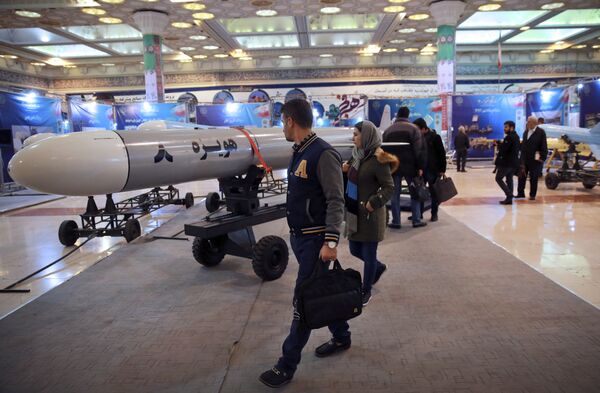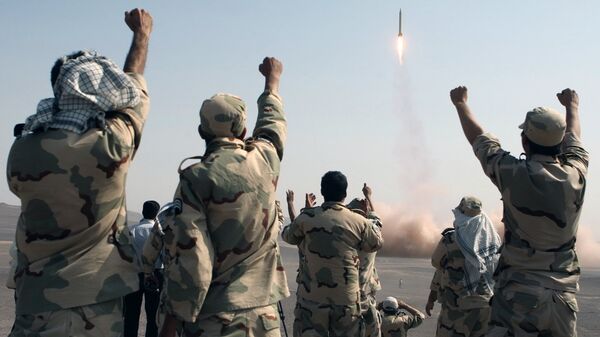Iran owes its missile capabilities in large part to the late Revolutionary Guards aerospace forces commander and ballistic missile designer Hassan Tehrani Moghaddam, Armed Forces Chief of Staff Maj. Gen. Mohammad Baqeri said Tuesday.
“Martyr Tehrani-Moghaddam’s…efforts bore fruit and caused Iran to become the region’s number-one missile power,” Baqeri said, his remarks quoted by Tasnim.
Baqeri made the speech on the eighth anniversary of Moghaddam’s death. The missile designer and over a dozen other members of the military and the IRGC perished during an explosion at a missile garrison in Bid Kaneh, near Tehran on November 12, 2011. An investigation later concluded that the explosion was an accident, and ruled out sabotage.
In his remarks, Baqeri stressed that with their work, Moghaddam and other “defenders of the Islamic Republic…have exposed the true face of America and its allies and accelerated the collapse of American hegemony.”
Iran, Baqeri said, has assured stability in its defence capabilities, while making “great achievements” in its soft power as well, specifically in countering oppression and “standing against global bullies,” particularly the United States.
Origins of Iran’s First Missiles
Hassan Tehrani Moghaddam established post-revolutionary Iran’s first artillery and missile research centres in the early 1980s, during the Iran-Iraq War, and took part in the design of the Naze’at, Iran’s first long-range artillery rocket, an unguided system with a range of about 100-130 km, in 1987. That same year, Iran created the Shahab-1, a reverse-engineered Soviet-created Scud-B missile system, with the Shahab-1 becoming the foundation of later developments. In the mid-2000s, Moghaddam led the development team behind the Ghadr-110, a medium-range missile with a range of between 1,800 and 2,000 km, and other missiles.
Iran has accumulated a large arsenal of domestically-created conventional short-, medium- and long-range ballistic and cruise missile systems. The US, the European Union, Saudi Arabia and Israel have voiced concerns about these weapons posing a threat to regional and global security, but Iran has insisted that the missile are meant as a deterrent against possible enemy attack, and repeatedly stressed that their possession is “not negotiable” for the Islamic Republic.

Along with missiles, Iran’s military industry has created a variety of military equipment for all three branches of the military. The country’s defence engineers proved the value of their work in June, when the IRGC air defence troops shot down a $220 million US spy drone after it allegedly violated Iranian airspace with a local air defence system known as the Khordad 3.
This month, Iranian and US officials have engaged in a back and forth debate about whether or not Iran had destroyed a second US spy drone, with the Iranian side claiming drone wreckage was being retrieved near the southwestern port city of Mahshahr, while the Pentagon has denied reports that any US drone was shot down in the region, and said that all US equipment “has been accounted for.”



